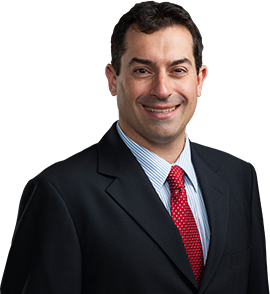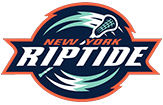How ACL and PCL Injuries DifferHow ACL and PCL Injuries Differ
The anterior cruciate ligament (ACL) and posterior cruciate ligament (PCL) are two major ligaments in the knee that work together to provide stability. They are also common sites of serious tears, particularly in athletes. Although ACL and PCL injuries may initially appear to have similar symptoms, such as knee instability and pain, the ligament injuries have unique characteristics that make them differ in terms of who is affected, extent of injury, and treatment guidelines.








